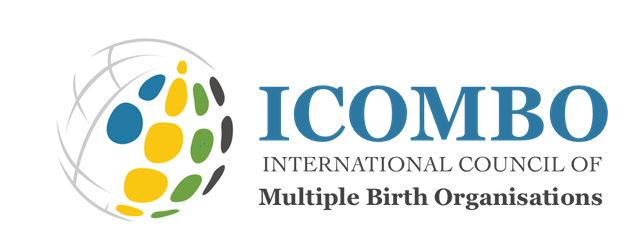Scans, screening and diagnostic tests
You will require more frequent ultrasound scans during a multiple pregnancy, and although the same range of screening and diagnostic tests are available, they have different considerations when applied to more than one baby!
Ultrasounds scans
Ultrasound scans are an important part of your antenatal care during a multiple pregnancy. A first trimester scan is an important assessment tool when you are expecting twins, because this can be the easiest time to identify exactly what type of multiples you are carrying, and how their amniotic membranes are set up (chorionicity), since this can have major consequences later in pregnancy.
After 12 weeks, the important things for a sonographer to look for include the number of placenta, the presence and thickness of the membrane, and differences in growth between the babies. With monochorionic twins, the sonographer looks for differences in growth (growth discordancy) and increased nuchal translucency measurements—a discrepancy may indicate Twin to Twin Transfusion Syndrome (TTTS). They will also look at where the umbilical cords joins the placenta (placental insertions), and will identify the membrane and compare sac sizes.
If you are diagnosed as carrying monochorionic (MC) twins, whether they have two separate amniotic sacs (diamniotic) or share one sac (monoamniotic), your pregnancy will be considered as high-risk, and you can expect to have more frequent scans. The following scans are recommended for Monochorionictwins:
- Dating scan (with determination of chorionicity)
- Nuchal translucency scans
- Fortnightly scans from 16 weeks gestation for growth and liquor to detect early signs of TTTS.
Where any of these scans indicate any of the following situations, you may be referred to a fetal medicine unit or an obstetrician specialist with expertise in high-risk pregnancy:
- Different (discordant) nuchal translucency
- Differences in the amounts of amniotic fluid (Liquor discordancy)
- Growth discordancy of greater than 20% EFW (estimated fetal weight).
Screening and diagnostic tests
All pregnant women are given information about screening tests for birth defects (congenital abnormalities), such as Down syndrome, spina bifida or physical abnormalities. Antenatal screening tests currently offered in New Zealand include the Nuchal Traslucency Ultrasound Scan, Maternal Serum Screening and the Anatomy Ultrasound Scan. Antenatal Diagnostic tests include Amniocentesis and Chorionic Villus Sampling (CVS). There are special considerations for screening and diagnostic tests during twin pregnancies.
A multiple pregnancy does not increase the risk of Down syndrome. In a multiple pregnancy, where the babies are non-identical (the majority), the risk for the woman of having one baby with Down Syndrome will be doubled, compared to a mother of the same age with a singleton. Each of her twins has the same risk—just as buying two lottery tickets doubles your chances of winning.
In identical twin pregnancies, where both babies are pretty much the same genetically, the risk for chromosomal abnormalities is the same as for a singleton pregnancy, and both babies will be affected (or not). The results of the regular prenatal tests are interpreted differently, since both twins may have the same abnormalities (for example, chromosomal abnormalities or heart defects) and further increased risk of complications from any abnormalities. The more invasive tests, including chorionic villus sampling (CVS) and amniocentesis (amnio) are more difficult to perform accurately if there is a fused placenta.
A pregnancy with identical twins who share one sac (monochorionic diamniotic) has a high risk (about 40%) for Twin-to-Twin Transfusion Syndrome (TTTS). If there are lethal discordant anomalies (for example, the rare chromosomal abnormalities such Trisomy 13/Edwards Syndrome and Trisomy 18/Patau Syndrome), the options included: doing nothing, selective reduction, or terminating the pregnancy. All of these options carry risks, are emotionally difficult and would be examined on an individual, case-by-case basis if there are these kind of problems in a multiple pregnancy.
For fraternal twins, you need to think of screening two very separate and different babies. Test results for one baby do not indicate that there will be anything wrong with the other baby. The maternal age-related risk is the same as for singleton pregnancies—the risk of one of the babies being affected by a chromosomal abnormality is twice as high.
For an article about screening for Down Syndrome in multiples, click here.




